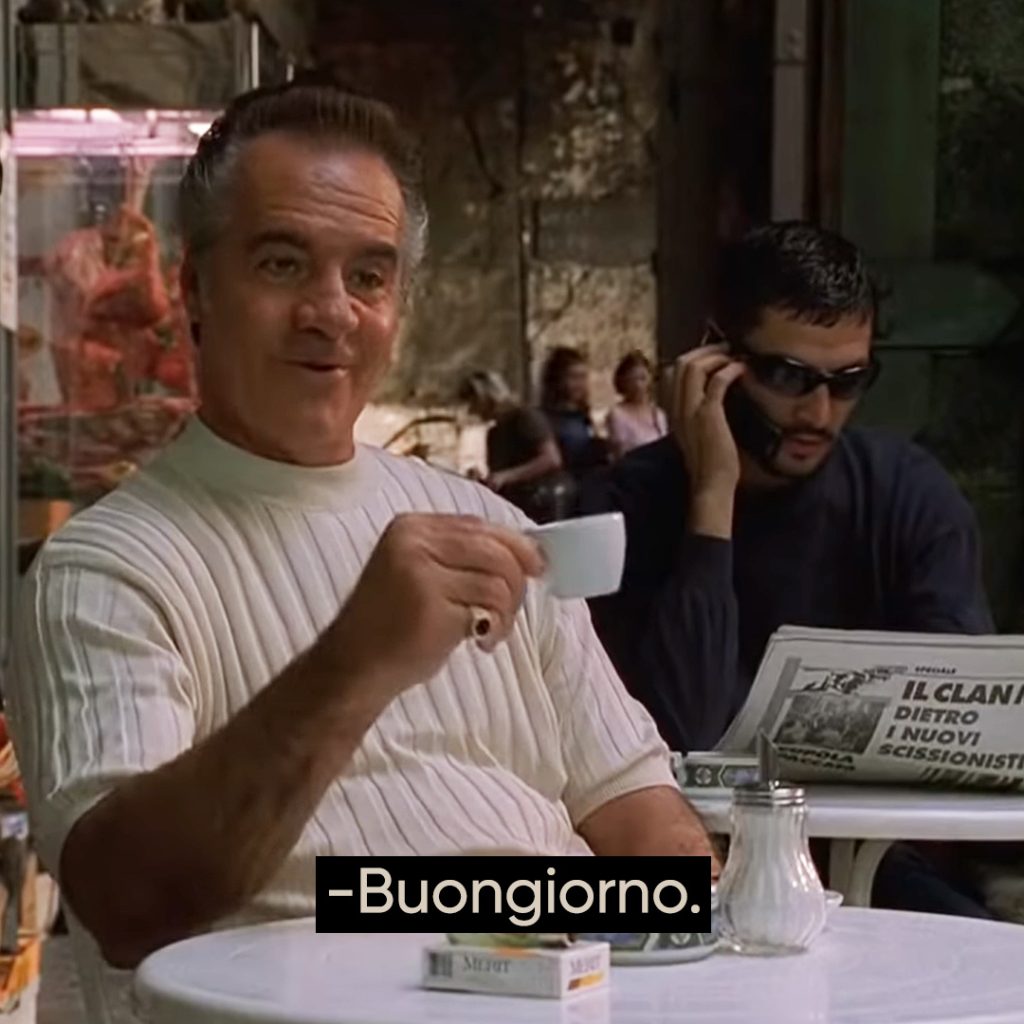
Many years ago, a Savile Row cutter told me about how, when he started at Anderson & Sheppard, the basement was packed with unfinished suits. People felt more free to order whatever they wanted back then, he says, because tailoring houses didn’t require deposits. Plus, he added, the exchange rate was much more favorable for Americans. People would come in, feeling flush with cash thanks to the favorable exchange rate, order a bunch of stuff, and then change their minds once the economic winds blew the other way, leaving Anderson & Sheppard holding the bag.
Today, we’re in a similar situation (although tailors now smartly require deposits). There has never been a better time to shop internationally. A strained European economy, combined with investors putting their money into the US dollar as a safe haven in uncertain economic times, means the US dollar has more purchasing power. For years, I’ve been used to GBP/USD and EUR/USD exchange rates of 1.5 and 1.15, respectively. Today’s exchange rates are around 1.19 and 1, representing a 15-20% savings if you shop abroad.
So I thought I’d compile a list of European stores to check out. Since the US dollar is within a hair width of pairity to the euro for the first time in 20 years, this post will focus on shops that trade in euros. A future post will round up shops that use the British pound.
Some quick words of caution: shop wisely. If you can order the same item from a domestic store, consider doing so. It’s much easier to return something to a US address if things don’t work out, and even a small saving abroad may not be worth the headache. Also, keep in mind that credit cards and Paypal charge fees when converting currencies, so not everything is a clear savings. Finally, most orders under $800 will be free of taxes and duties, but packages over that amount may incur fees. When importing certain items, such as eyewear, paperwork is also sometimes required.
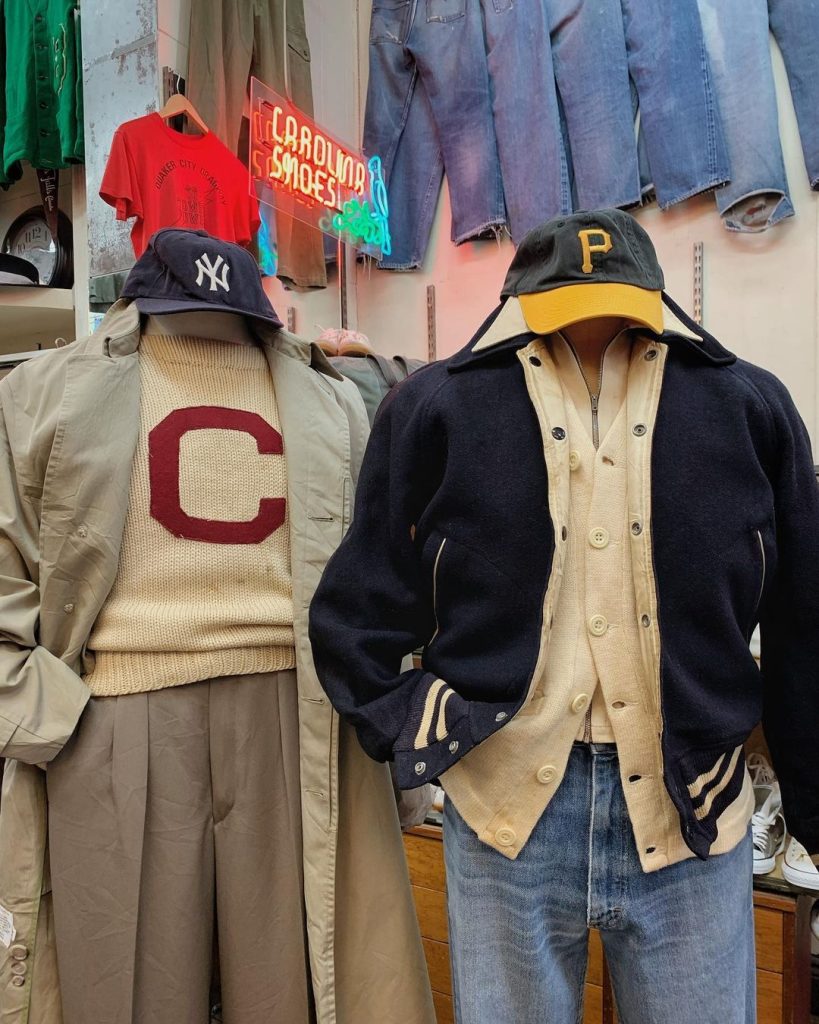
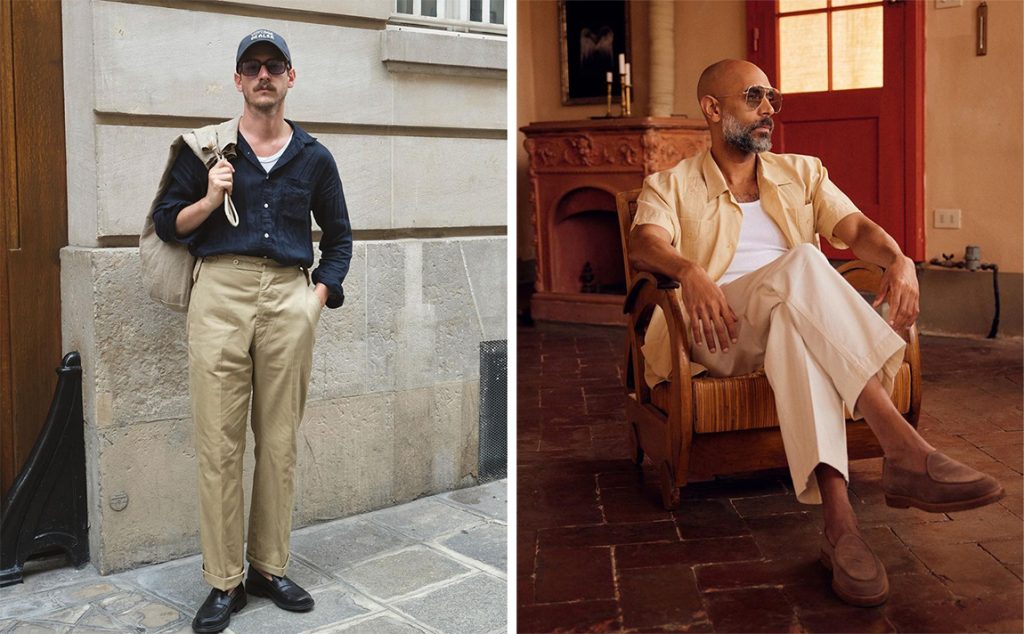
Broadway & Sons: David Asseraf started Broadway & Sons in the early 1980s, after having gained some experience as a vintage dealer specializing in t-shirts, Levis 501s, collegiate sweatshirts, and Army-issued sneakers. His store still sells those things today. But as his two sons, Nathaniel and Noam, have joined the family business, the company has also added vintage American sportswear. So alongside things such as beautifully faded Carhartt work pants and US military clothing from the Second World War, you can find 90s-era NBA sweatshirts and coach jackets. The company’s Instagram is endlessly inspiring and full of ideas on how to style these vintage goods. Come here if you like military surplus, mid-century denim, workwear, and sportswear.
Casatlantic: This relatively new line was founded by Nathaniel Asseraf, who works at his family’s vintage shop, Broadway & Sons. Their bread-and-butter is in slightly fuller-cut trousers, often made from cotton. The pants are modeled after vintage military pants that Asseraf has come across in his line of work, but have been tweaked in small ways to make them look a little more modern. In the last few months, they’ve also introduced retro-styled knitwear and eyewear. Everything here looks so great.
Brut: During Paris Fashion Week, which happens twice a year, some designers will sneak off from the shows to shop at Brut. They come here to rummage through the mountains of French workwear, WWII militaria, and Ivy clothing, which they use as inspiration for future collections. If you like vintage-inspired workwear, some of your favorite designers probably shop here. I like the store for its selection of patched-up French workwear and French pilot bags. They also have two in-house collections, Brut Collection and Rework. Both feature fresh takes on old styles: summer shirts made from upcycled “escape maps,” ranch jackets made from 1930s linen bedding, and tons of cool pants.
Barbanera: You know how Spaghetti Western refers to Sergio Leone’s Italian take on the classic American Western film? Barbanera is sort of the clothing version of that. Although the company started with relatively conservative, classic English shoes, they’ve since moved to this Italian take on Westernwear. The styles are rugged, but sexy, and they fit a bit trim (triple-check sizing before buying). I like their denim jackets, side- and back-zip cowboy boots (called the Cash and Cormac), and Western denim shirts.
(pictured above: Broadway & Sons, Brut, and Casatlantic)
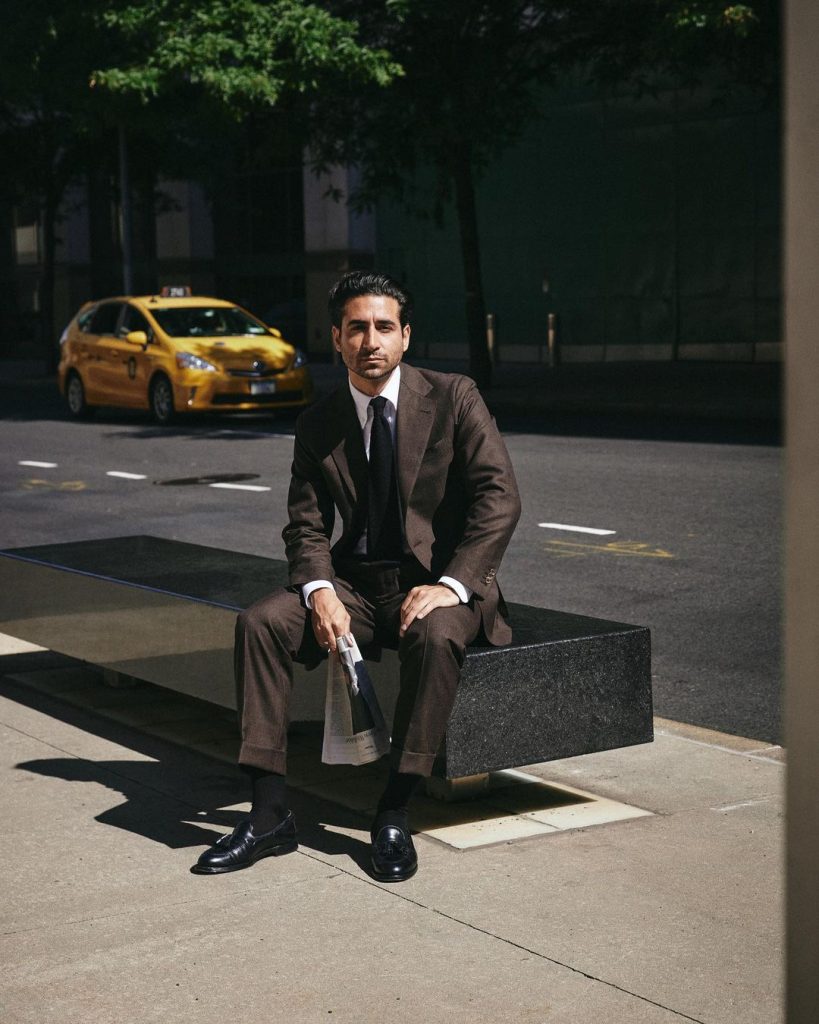
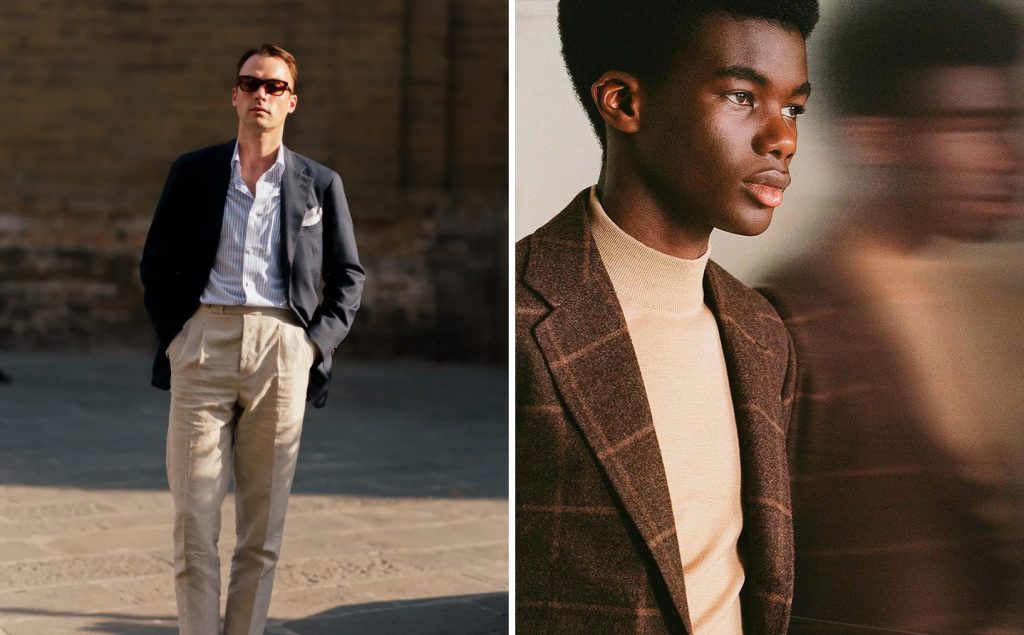
Berg & Berg: I’ve always felt that Berg & Berg represents one of the better values in menswear. The clothes are aimed at a slightly younger demographic, but the styles aren’t so twisted that they’re unrecognizable. Berg & Berg’s clothes are current without being trendy, classic without being fusty. They’re well-made without relying on artisanal gimmicks. Most of their products are produced in European factories, often ones based in Italy, and don’t skimp in terms of materials. Over the years, I’ve purchased Vachetta folios from them, as well as silk ties and polo shirts. I’m impressed with how well they’ve aged, both in terms of construction quality and design. At the moment, I like their long-sleeved polos and belts with crescent-shaped buckles. Their tailoring also looks interesting. In the fall/winter months, they typically offer well-priced overcoats.
Besnard: When I first started writing about tailored clothing a little over ten years ago, it was genuinely hard to recommend anything under a thousand dollars. Suits and sport coats under that price point were often just not very good, not just in terms of construction but also design. Since then, a ton of new tailoring companies have come online to make things more competitive. Besnard’s tailoring ticks all of the right boxes: made in Italy, fully canvassed, and features a handmade collar, armholes, and buttonholes. Importantly, the silhouettes are trimmish, but still flattering. The chests fit a bit fuller; the shoulder line ever-so-slightly extended. It’s a refreshingly classic look compared to the overly tight Italian jackets that dominate the more affordable side of this market. The company also sells trimmish, high-rise trousers finished with a single pleat, Neapolitan-made button-down shirts with a full collar roll, and classic accessories. Worth a look if you like stylish, classic tailoring but at a slightly more affordable price.
Michael Jondral: Michael Jondral feels like a fun playhouse for guys who read about tailoring at Parisian Gentleman and The Rake. They’re a tailored menswear shop that leans heavily towards Italian style. Here, you can find soft-shouldered suits and sport coats from Cesare Attolini and Orazio Luciano, fine gauge knitwear from Fedeli, and dress shirts from Finamore. Like any reputable shop that specializes in Continental style, they also have a smattering of the right British names: William Lockie, Edward Green, James Lock, etc. I’ve always liked how they style their mannequins and think they have great taste in fabrics.
Husbands Paris: The relatively new Parisian label Husbands combines a lot that’s cool in menswear at the moment—a revival of 1970s glamour, freer mixing between tailoring and casualwear, and the use of side-zip boots. The tailoring here has defined shoulders, wide lapels, and a dropped buttoning point, giving the wearer strong, architectural lines. They even have suit models with slightly flared trousers (something I’ve become increasingly open to over the years). I love how Husbands’ tailoring is chic and sexy, and shows how structured tailoring doesn’t have to be just for boardrooms.
Beige Habilleur: It’s not easy to create a classic menswear shop that focuses on casualwear, but in a way that doesn’t spill over into the vanilla blandness of business casual. Beige does it exceptionally well. They have an appreciation for classic style without being wedded to it. Here, you can find basics from brands such as John Smedley, Arpenteur, and Moonstar sitting alongside hard-to-find labels such as Haversack and Camoshita. The styles are youthful, but not overly trendy. They’re classic without being boring. If you like the aesthetic of the French menswear magazine L’Étiquette, this shop is worth checking out.
(pictured above: Berg & Berg, Besnard, and Beige)
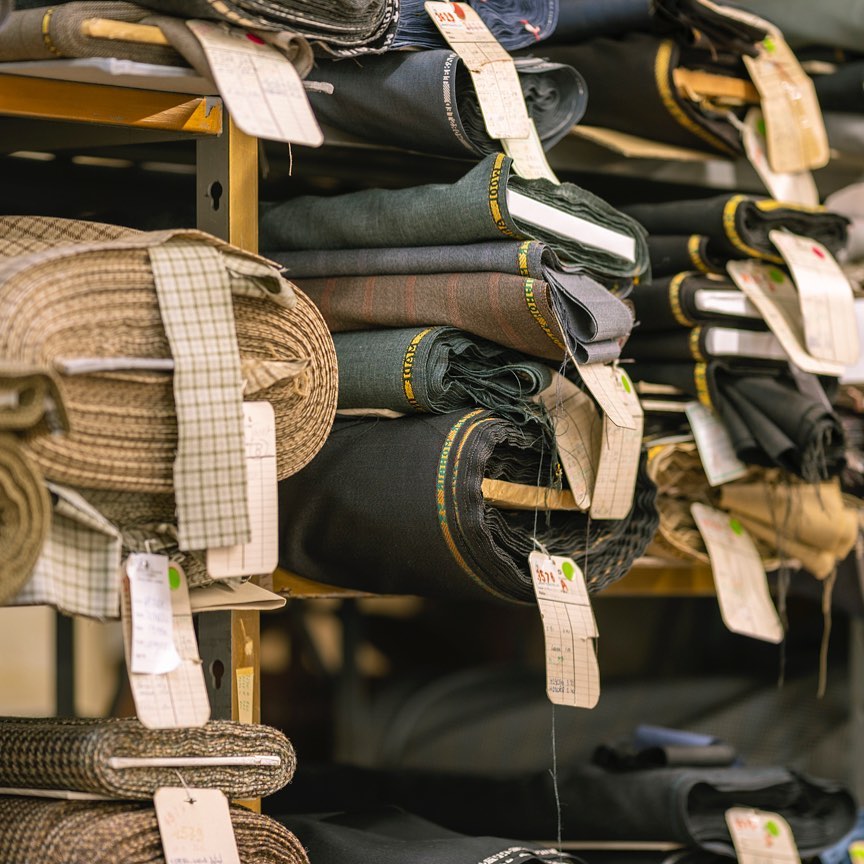
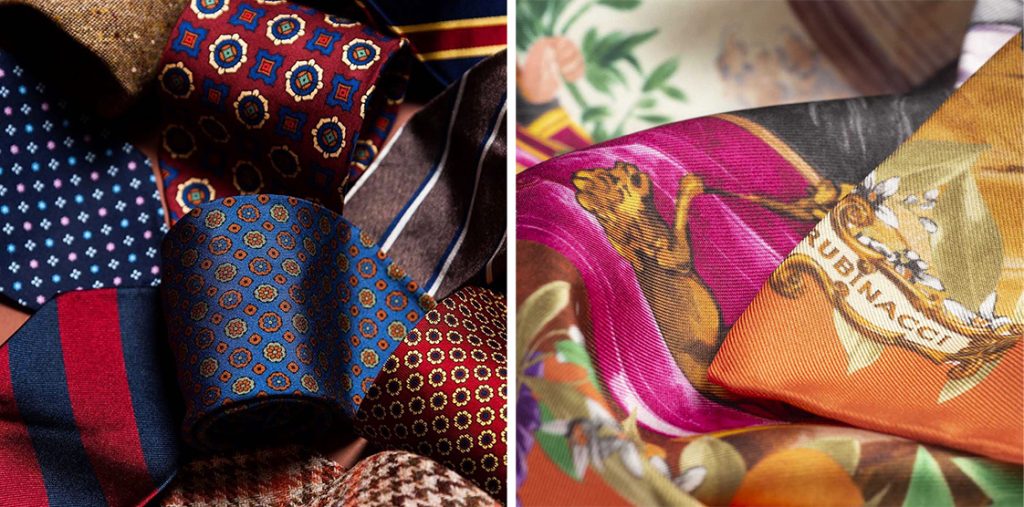
Rubinacci: HELLLLOOOOO EVERYONE! Rubinacci is best known for their bespoke tailoring, but they also have a small selection of ready-to-wear. I like their pocket squares and ceramic ashtrays.
EG Cappelli: This Neapolitan tiemaker has a small shop located across the courtyard from Sartoria Formosa in Naples, Italy. They were a darling of the bespoke menswear world about ten years ago, and I still think they make wonderful ties. The owner, Patrizio, is very charming and has good taste in fabrics. Nearly everything here is produced bespoke, so you can specify the width, length, interlining, etc.
Shibumi: Another reputable tiemaker. They do both ready-to-wear and bespoke, and they offer a very tasteful selection of fabrics.
Mes Chaussettes Rouges: Fancy socks for fancy men.
La Portegna: A nice line of Spanish-made accessories, bags, and shoes aimed around the idea of travel, although you can also use most of these products while out and about in your hometown. I like their foldable travel slippers for hotel stays.
Mario Talarico: This small shop is located in the Spanish Quarter of Naples, Italy, where two men — an uncle and nephew, both charmingly named Mario Talarico — produce handmade, single-stick umbrellas. Practically speaking, there’s no functional advantage to a single-stick umbrella, but they look cool and feel sturdy. A handful of shops produce umbrellas like this. I like Talarico the best mostly because of their charming operation.
Dusita: Makers of my favorite perfume, Issara. Unfortunately doesn’t last that long, but for the time it lingers, you feel like you’re smelling honey in a barnyard full of hay.
Indult: Makers of the best vanilla-based perfume, Tihota. Cosigned by Woman of Good Taste, Rachel Syme.
Abdes Salaam Attar: A tremendous perfumer that uses all-natural ingredients. The New York Times has a wonderful story about the company. I like and wear Tabac, Milano Caffe, and Cuoio dei Dolci. Note, since these are natural perfumes, they don’t last as long. However, the scents are unique and intoxicating. To the degree that perfumes can be described with gender, the listed scents here are more “masculine” than Issara and Tihota.
Fabric: Men who use bespoke tailors often supply their own cloth. Doing so can sometimes save you some money, and it allows you to sit on the fabric for a while, which can give you some perspective on whether you actually want to have something made into a garment (not always easy when you’re just flipping through swatch books). If you decide to buy your own fabric, check out Drapers, Caccioppoli, Lafayette Saltiel Drapiers, Maison Hellard, TESSin, and Rubinacci (Draper’s Ascot four-ply fabrics are really nice for pants). Most men need 4 meters for a suit, 2.5 meters for a sport coat, and 1.5 meters for a pair of trousers. However, it’s always best to check with your tailor first, as a lot depends on the details.
(pictured above: Lafayette Saltiel Drapiers, EG Cappelli, and Rubinacci)
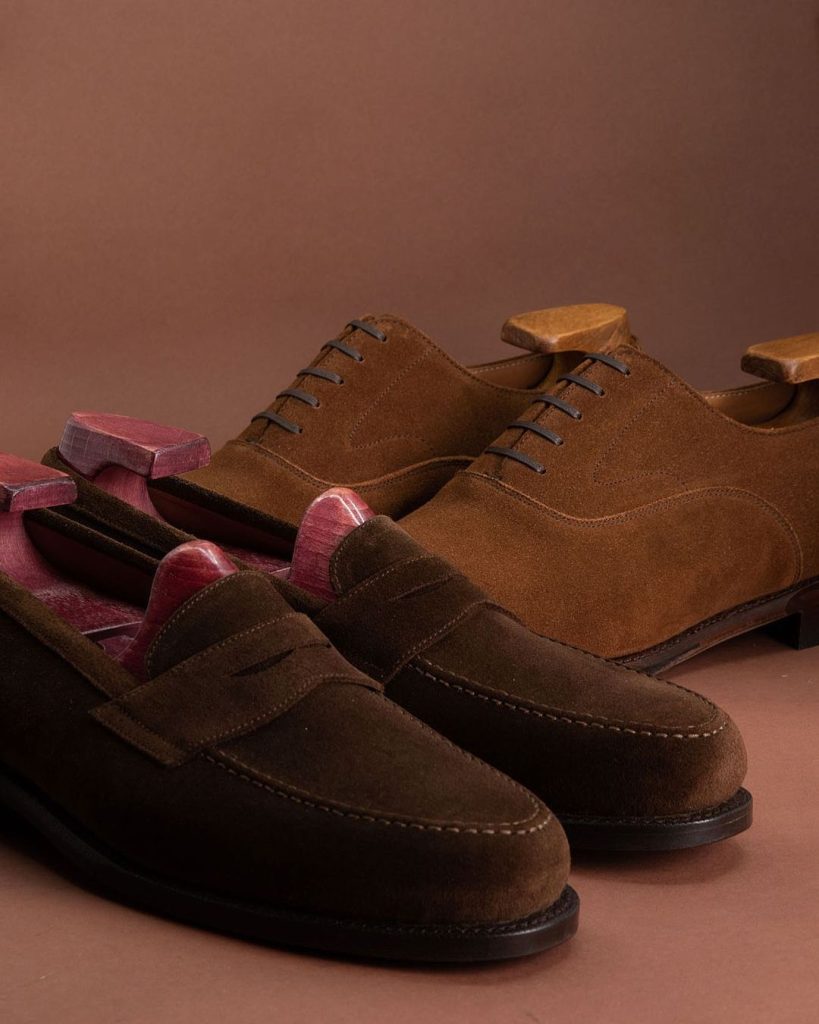
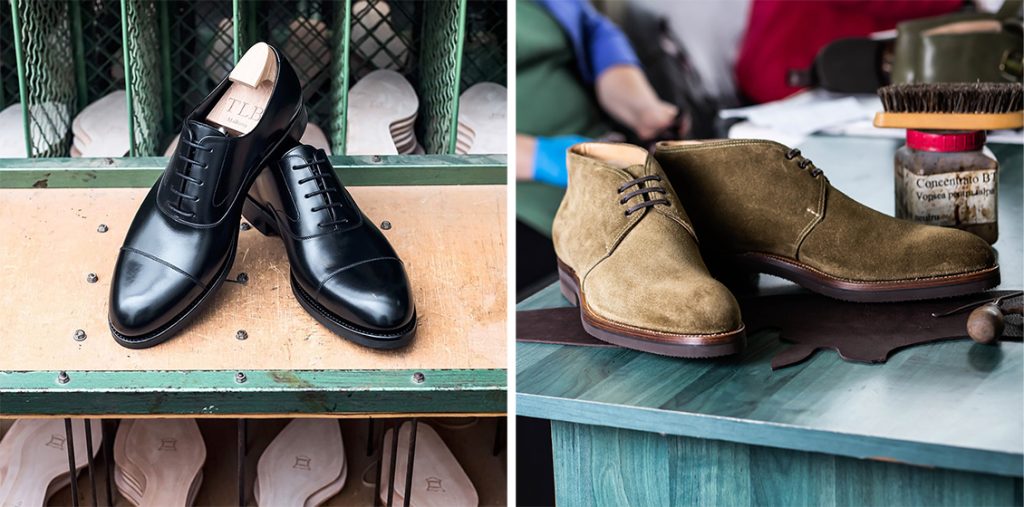
Skoaktiebolaget: I’ve always been hesitant to recommend overseas shops for footwear. Unlike clothing, footwear can’t be altered, and shipping something heavy like a pair of boots can get expensive quickly if you need to make a return. However, the Swedish shop Skoaktiebolaget built its business on selling high-end shoes to footwear obsessives overseas. And they’ve been very good at it. They offer a ton of service and are very good at nailing down sizing based on what’s already in your wardrobe. They also carry hard-to-find lines, such as Enzo Bonafe, and their own in-house label Lof & Tung (a uniquely good value).
TLB Mallorca: In the last ten years, a ton of new companies have offered increasingly more affordable Goodyear welted shoes (some successfully, some not). TLB Mallorca is one of the few that have tried to fill out the mid-tier of this market. The shoes are roughly around 350 euros, but they offer nice details uncommon at this price point, such as tight waists, close-cut heels, and stiffeners made from leather, rather than the more common Celeastic (leather stiffeners will be easier to repair).
Saint Crispins: Saint Crispin’s handmade shoes are dearly expensive, but they’re a unique value in that they sit somewhere between the worlds of ready-to-wear and bespoke. The company has a pret-a-porter program that allows you to change their standard lasts by adding or subtracting materials in certain places (this isn’t the same as building a whole new last, although you’d be surprised how many bespoke shoe companies do little more than add or subtract material from a pre-made last). The styles here tend to be very sharp and sleek—the sort of thing you want to keep to tailoring. But the designs are beautiful, and the customization program allows for nearly endless possibilities. If you get something custom-made, I recommend paying the surcharge for the fitting shoes. Saint Crispin’s shoes are designed to fit very close to the foot, so there’s little room for error.
Vass: For a while, getting your first pair of Vass shoes was something of a rite of passage for guys obsessed with fine footwear and classic tailoring. After all, they wrote the book on handmade shoes. These shoes are handmade in Budapest—a step above Goodyear welting in terms of construction quality—and they typically feature slightly chunkier silhouettes with high side walls. I think they look best with heavy flannel trousers and tweeds.
(pictured above: Lof & Tung at Skoaktiebolaget, TLB Mallorca, and Saint Crispins)
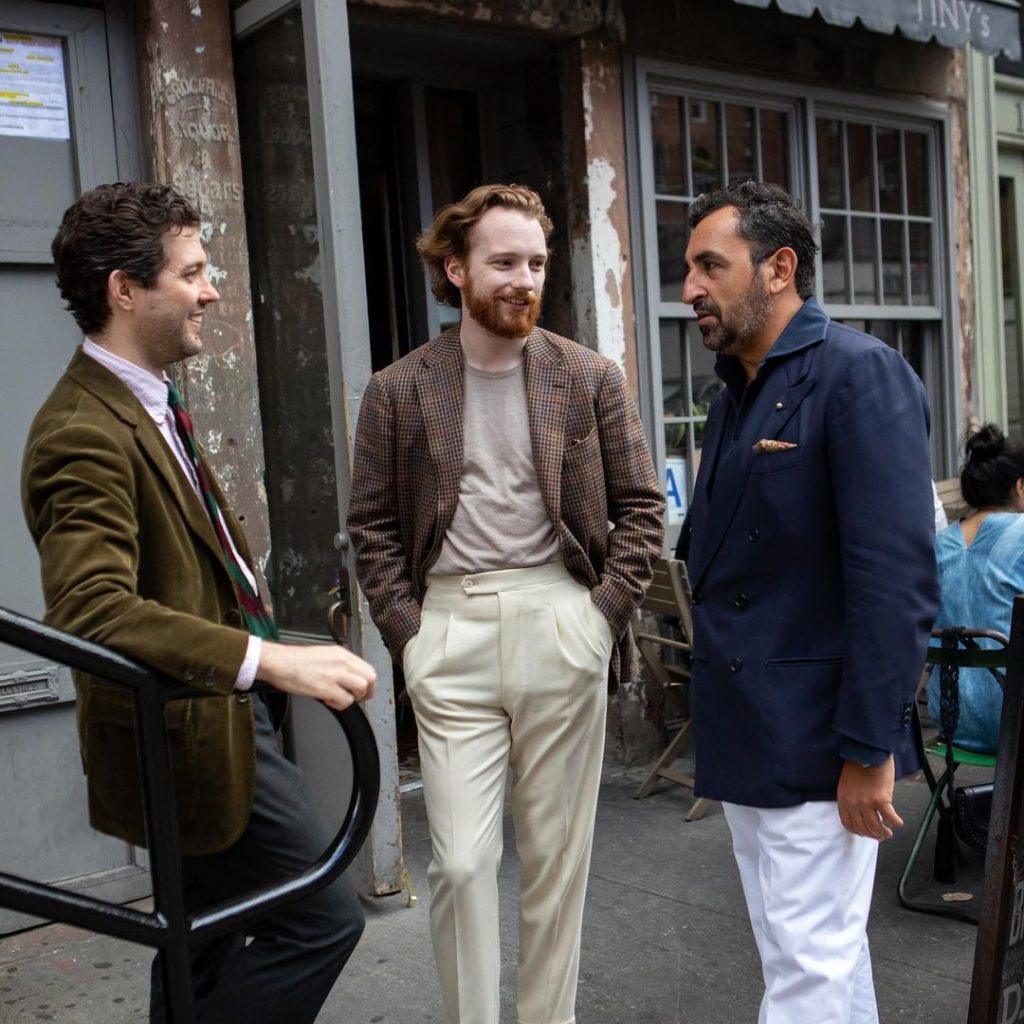
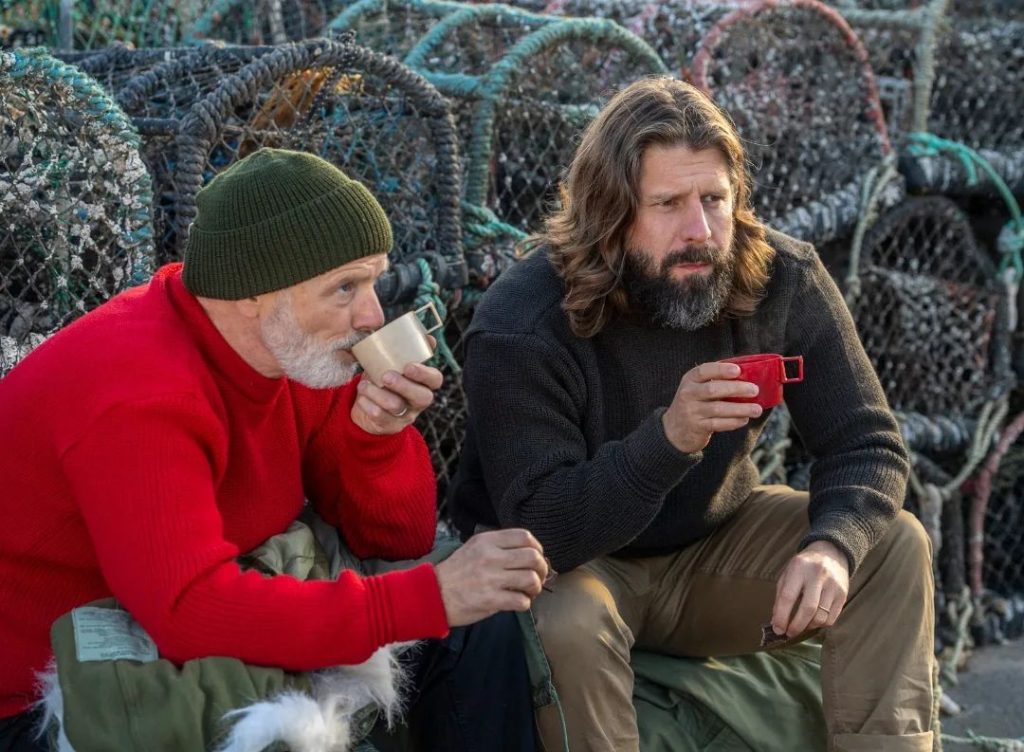
Pommella: Some years ago, my friend Gianluca Migliarotti partnered with former Rubianacci trouser cutter Lino Pommella to start a bespoke tailoring company. They specialize in pants—beautifully cut, slim trousers made with all of the Neapolitan hand-tailoring flourishes. I used them for bespoke trousers once and was very impressed with the work. The company has since also launched a small line of ready-made trousers that are produced in Italy to the same standard as their bespoke work. Although these are ready-made, they leave a lot of material in the inlays, which allows you greater freedom when getting these altered (more than most ready-made pants). Gianluca has a great eye for details and fabrics, and I like his choices for things such as the cotton-cashmere moleskin trousers and heavy cotton chinos.
Heimat: Heimat’s sweaters are made at a family-owned mill based in Germany. The company offers classic, rugged styles, such as U-boat rollnecks and merino deck sweaters made from heavy, thick yarn. The sweaters are designed to fit very snug at first, but they soften up and stretch out after a few wears (company founder Christian Hofmann compares them to raw denim jeans). I like how these knits look like they’d last forever, and are the kinds of things that will genuinely keep you comfortable on cold winter nights.
Kit Blake: Kit Blake is for people who don’t want their trousers to fade into the back of an outfit. These high rise, double-pleated trousers are finished with a slightly taller waistband. They have a dash of Old Hollywood sensibility and can add some flavor to a summer outfit when it’s too hot for outerwear. I like how André Larnyoh wears them on Instagram.
Atelier de L’Armee: Really cool bags that fit in well with a workwear wardrobe. I have one of their Flight Pack backpacks, which is their flagship model. If you’re often on the run and short on time, the long straps can get kind of fiddly. However, if you’re OK with taking the extra 15 seconds or so to strap things up, this design looks great with brands such as Nigel Cabourn, Battenwear, and anything inspired by the great outdoors. The rolltop design also allows you to collapse or expand this as needed, so you can carry more stuff.
De Bonne Facture: Simple, but beautifully made clothes with a strong focus on ethical production. These are the types of clothes that often get passed over online because they’re not as wild and crazy, but they’re the things you actually reach for on a daily basis because they work in outfits and feel comfortable. In the fall/winter months, they do their “Grandad coat”—modeled after a coat once owned by someone’s grandfather—in heavy woolens. The thing looks tremendous. Take a look at their lookbooks to appreciate how these clothes can look when they come together.
(pictured above: Pomella and Heimat)
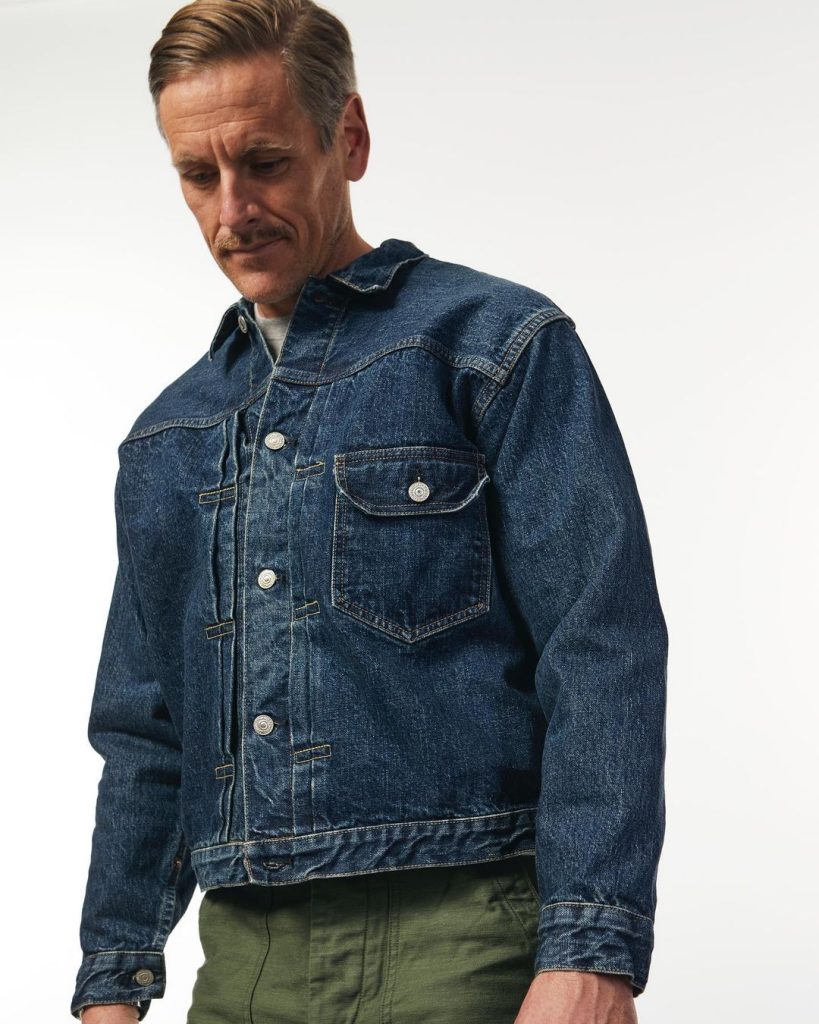
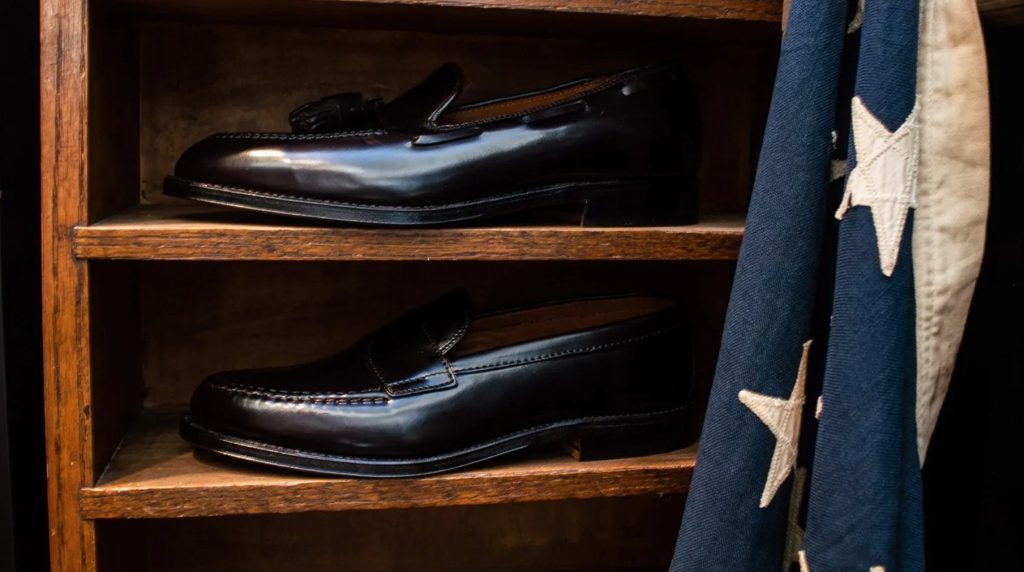
Cultizm: This is something like the European version of San Francisco’s now-defunct Unionmade (RIP). They mostly specialize in workwear, but they also have a smattering of contemporary clothing, such as Lemaire, De Bonne Facture, and Auralee. I love their selection of workwear from brands such as Kaptain Sunshine, Engineered Garments, Ten C, Eastlogue, and the like. Honestly, the selection of brands here is too great to meaningfully cover — you should just check their brand list.
Frans Boone: Another great European shop for heritage-style casualwear. Again, here you can find brands such as Alden, Drake’s, Gitman Vintage, Rocky Mountain Featherbed, Velva Sheen, and RRL. They also have a perpetually running 50% off clearance section with old stock from previous seasons.
Graduate Store: One of those European shops you may have stumbled into while visiting Europe. They’re mostly aimed at a younger demographic, so the goods tend to be a little more streetwear and mass-market. You have brands such as Pendleton, Stan Ray, Orslow, Stussy, and YMC. One of the upsides to shops such as Graduate Store is that the gear tends to be a bit more affordable.
Soto Berlin: Much more aimed at streetwear and sportswear, with a heavy emphasis on Nike.
Holiday: A popular Parisian casualwear brand that makes you look like you vacation in cool places.
Glamood: A discount site similar to Yoox, but with a tighter selection and a stronger focus on designer clothing. I used to come here for Margiela.
(pictured above: Cultizm and Frans Boone)







